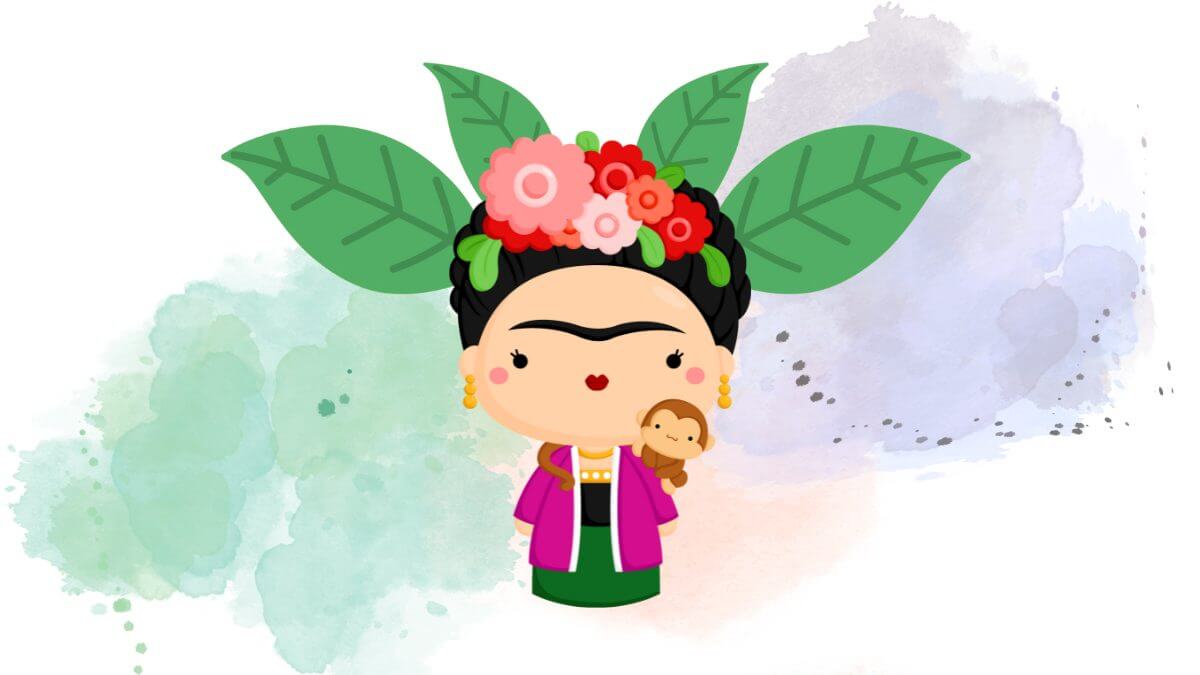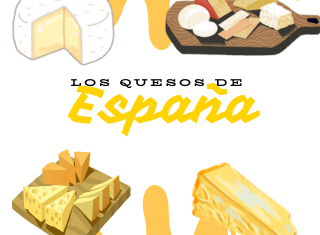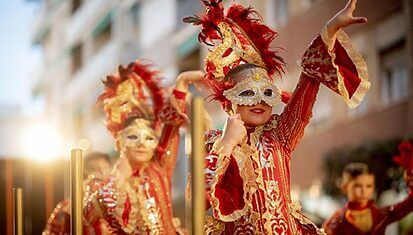The magical realism is a literary style that combines elements of everyday reality with magical or fantastic elements, creating a world that challenges the laws of reality as we know it.
This term was first coined by the German literary critic Franz Roh in 1925, but it became especially popular in Latin America, where many writers have used this style to create unique and innovative literary works.
Magical realism is characterised by its mix of the real and the fantastic, creating a literary universe in which the marvellous and the everyday coexist naturally. Inexplicable events, surrealistic elements, absurd situations, and visual metaphors are some of the resources used in magical realism to create a magical atmosphere in an apparently normal reality.
Literature
One Hundred Years of Solitude (1967)
One of the most representative authors of magical realism is Gabriel García Márquez, who in his work “One Hundred Years of Solitude” (1967) uses this style to create the fictional town of Macondo, where magical events and everyday occurrences are blended in a unique way. The novel tells the story of the Buendía family over several generations, with elements of magical realism such as levitations, rains of yellow flowers, and characters who live for centuries. “One Hundred Years of Solitude” is considered one of the masterpieces of magical realism and has been translated into numerous languages.
Pedro Páramo (1955)
Another important example of magical realism is the novel “Pedro Páramo” (1955) by Mexican author Juan Rulfo. In this work, Rulfo creates a magical and fantastic atmosphere in an abandoned town in the Mexican desert. The protagonist, Juan Preciado, searches for his father, Pedro Páramo, in a town where the living and the dead mingle in a dreamlike and surreal world. Rulfo uses elements such as voices of the dead, ghostly visions, and inexplicable events to create a unique and evocative atmosphere.
Like water for chocolate (1989)
The novel “Like Water for Chocolate” (1989) by Mexican author Laura Esquivel is another prominent example of magical realism. The story follows Tita, a young woman who channels her emotions through cooking, and whose preparations have magical effects on the people who consume them. The novel combines recipes, Mexican folkloric elements, and fantastical events to create a world where food becomes a tool for expressing emotions and transforming reality. Through a narrative rich in metaphors and fantastical elements, Esquivel addresses themes such as women’s oppression, rebellion, and the search for identity, while presenting a colourful and evocative vision of life in Mexico.
Chronicle of a death foretold (1981)
“Crónica de una muerte anunciada” (1981) by Colombian author Gabriel García Márquez is another work that prominently uses magical realism. The novel tells the story of a murder announced in a small coastal town and uses elements of the magical and the absurd to create an intriguing and suspenseful plot. Through a non-linear narration and the mix of the real and the fantastic, García Márquez creates a unique atmosphere that immerses the reader in the story and makes them question the nature of reality and the inevitability of fate.
The dance of reality (2011)
The Chilean author Alejandro Jodorowsky has also used magical realism in his literary work. “The Dance of Reality” (2011) is a novelised autobiography in which Jodorowsky combines elements of his real life with fantastic elements, such as mythological characters, surreal visions, and inexplicable events. Through a poetic and symbolic style, Jodorowsky creates a unique and provocative narration that invites the reader to immerse themselves in his inner world and his vision of the universe.
Not only in Latin America
Magical realism is not limited only to Latin American literature, but it has influenced writers from other parts of the world. For example, the novel “Norwegian Wood” (1987) by Japanese author Haruki Murakami has been considered a work that incorporates elements of magical realism. The story follows the life of Toru Watanabe, a young man who seeks to find his place in the world and faces surreal and dreamlike situations. Murakami uses a poetic and evocative style to create a unique atmosphere that combines the real and the fantastic, inviting the reader to immerse themselves in a world of introspective reflections and visual metaphors.
Cinema
Pan’s Labyrinth (2006)
Besides literary works, magical realism has influenced other artistic mediums such as film. Films such as “Pan’s Labyrinth” (2006), directed by Guillermo del Toro, combines fantastical elements with the reality of the Spanish Civil War. Del Toro creates a dark and evocative world that challenges the laws of reality and presents a unique and personal vision of magical realism in cinema.
The city of lost children y Amélie
Others, such as “The City of Lost Children” by Jean-Pierre Jeunet and “Amélie” by Jean-Pierre Jeunet, have been considered examples of magical realism in film. These movies use visual, narrative, and aesthetic elements characteristic of magical realism, such as the representation of the fantastic in the everyday, the blending of genres, and the creation of unique visual worlds, to tell stories that defy the norms of reality and explore profound and complex themes.
Art
In painting, the Belgian artist René Magritte is known for his surrealist style, which also incorporates elements of magical realism. His paintings present everyday images and objects in unusual and evocative contexts, creating a world that challenges logic and reality as we know it. His works, such as “The Son of Man” and “The Treachery of Images“, are iconic examples of magical realism in painting, that awaken the imagination and reflection of the viewer.
Visual Arts
In the field of visual arts, magical realism has also had a significant impact. Artists such as Frida Kahlo and Remedios Varo, known for their surrealist work, have been considered pioneers of magical realism in painting. Their works often depict fantastic and dreamlike scenes that defy the laws of reality, but are also loaded with symbolism and visual metaphors, inviting reflection and interpretation.
Magical realism has had a significant impact on literature, cinema, art, and culture in general, and its legacy endures to this day as a literary and artistic style that continues to fascinate audiences around the world.
And you, do you know any of these works? Leave us a comment down below!






There are no comments on What is magical realism?